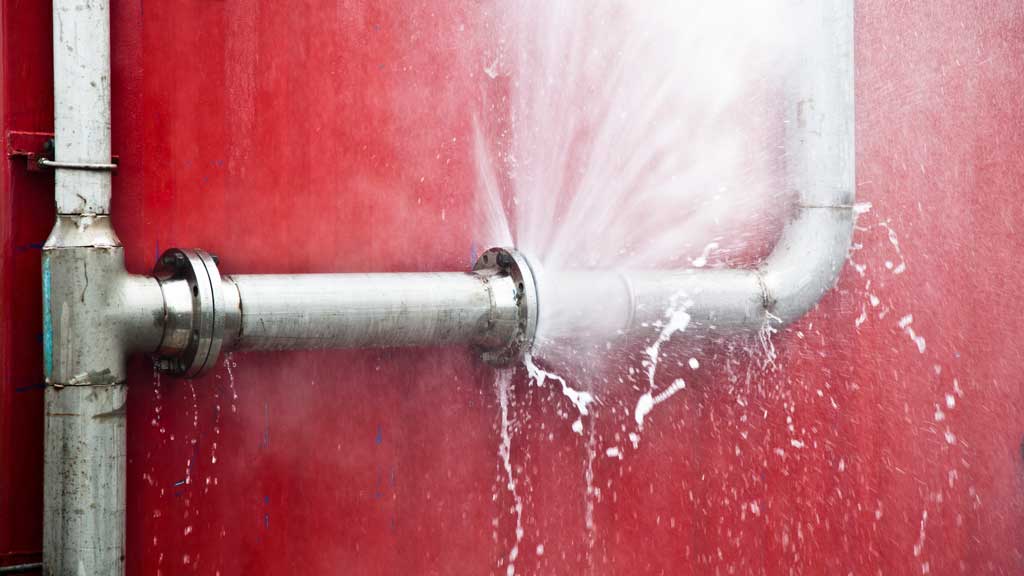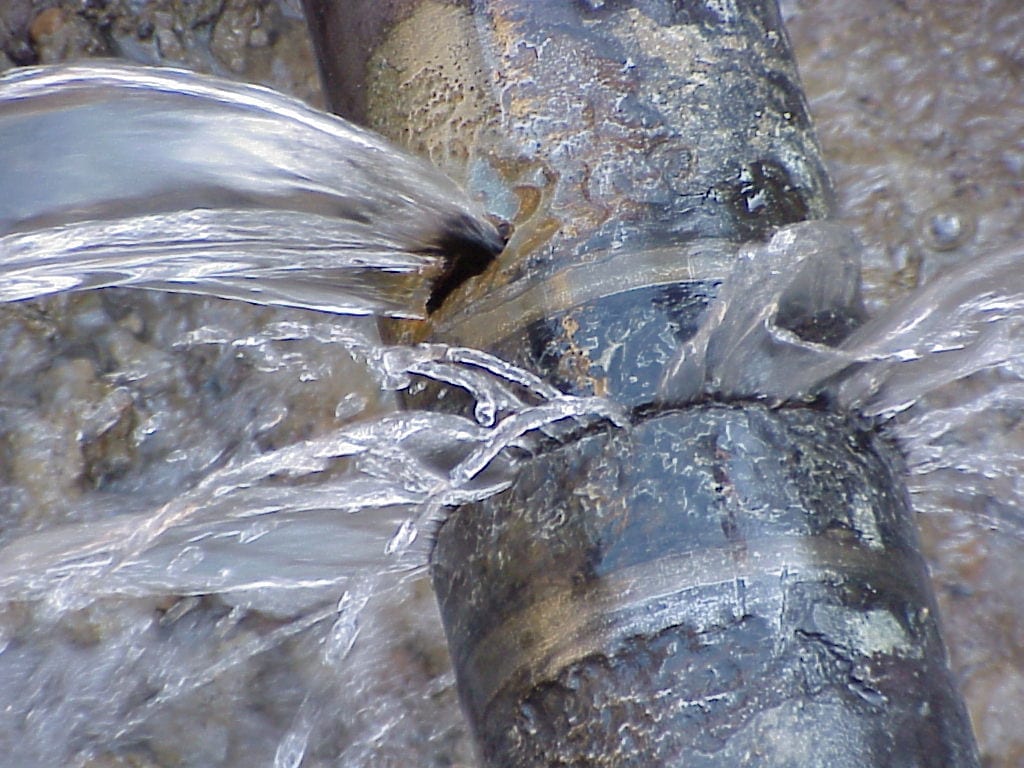Emergency Burst Pipe Services: Fast Response to Avoid Extensive Damage
Emergency Burst Pipe Services: Fast Response to Avoid Extensive Damage
Blog Article
Avoiding Burst Pipes: Necessary Tips to Protect Your Pipes
Preventing burst pipes is a critical problem for homeowners, specifically throughout colder months when the danger of cold is increased. Executing tactical actions such as proper insulation, regular examinations, and keeping constant indoor temperatures can substantially decrease the likelihood of pipe failure. In addition, understanding emergency treatments equips house owners to react promptly to potential plumbing problems. Many are unaware of the specific vulnerabilities that their pipelines might encounter. Checking out these susceptabilities can provide vital understandings into safeguarding your plumbing system successfully.
Understand Pipeline Vulnerabilities
Understanding pipe vulnerabilities is important for reliable pipes maintenance and protecting against expensive damage. Several factors add to the susceptibility of pipes to bursts, consisting of material structure, age, and ecological conditions. Older pipelines, particularly those made from galvanized steel or polybutylene, often weaken with time, bring about enhanced risk of ruptures and leakages.
Temperature level variations can likewise significantly influence pipe integrity. In cooler climates, water entraped in pipelines can freeze, increasing and applying stress on the pipeline wall surfaces, which might eventually bring about a ruptured. Moreover, high water stress can strain pipelines, especially at joints and bends, enhancing the probability of failure.

Insulate Water Lines Properly
Proper insulation of pipes is critical for avoiding freezing and succeeding bursts throughout chilly climate (burst pipe). Shielding your plumbing system properly safeguards against temperature goes down that can cause pricey damages. Begin by identifying vulnerable areas where pipelines are exposed to outdoor temperature levels, such as cellars, attic rooms, and outside walls
Use foam pipe insulation sleeves or wrap insulation tape around these areas to give a safety obstacle. Ensure that all sections of the pipes, specifically those with limited heat direct exposure, obtain appropriate insulation. Pay special focus to fittings and joints, as these are a lot more susceptible to cold.
When insulating, it's vital to select products that satisfy regional building regulations and are proper for the specific setting. For circumstances, fiberglass insulation is commonly advised for its thermal resistance buildings - burst pipe. In addition, take into consideration making use of warm cords or tape in severe problems, which can be plugged in to provide additional warm
Routinely inspect protected pipelines for any kind of indications of wear or damages, as compromised insulation can diminish its performance. By taking these aggressive steps, you dramatically lower the risk of pipeline ruptureds, ensuring a reputable pipes system throughout the winter season months.
Maintain Consistent Temperature
A stable indoor temperature is important for protecting against burst pipes throughout the frigid months. When temperatures decrease, water within pipelines can freeze, increasing and developing pressure that might ultimately cause the pipelines to burst.Using a programmable thermostat can help handle indoor temperature levels successfully, making certain that rooms with pipes continue to be cozy also when the home is unoccupied.
This small flow of water can stop cold by relieving pressure within the pipelines. By implementing these techniques, property owners can significantly decrease the risk of pipeline bursts and protect their plumbing systems versus the rough winter season aspects.
Frequently Inspect Plumbing
Routine examinations of pipes systems are critical for avoiding ruptured pipes and maintaining total home honesty. Regular checks permit house owners to identify prospective concerns prior to they intensify right into costly fixings or significant water damages. During these examinations, it is necessary to take a look at visible pipes for signs of corrosion, leaks, or wear. Pay unique focus to areas susceptible to cold, such as basements, attic rooms, and outside walls.
Furthermore, inspecting connections and joints is vital, as these points are frequently at risk to leakages. Homeowners should also assess water pressure levels, as too much stress can stress the plumbing system and raise the risk of pipeline ruptureds.
Take into consideration scheduling professional pipes inspections at the very least when a year, specifically prior to winter months, click here to find out more to ensure your system is prepared for colder temperatures. By being aggressive in your technique, you can secure your home versus the costly and disruptive consequences of burst pipelines.
Know Emergency Treatments
Recognizing emergency treatments is vital for every property owner, especially after carrying out regular plumbing Look At This inspections. Being planned for a plumbing emergency can significantly minimize damages and save costs. Initially, find your primary water shut-off valve; it is normally found near the water meter or where the primary line enters your home. Familiarize yourself with its operation, as turning off the supply of water rapidly can avoid substantial flooding.
Following, keep crucial devices helpful. A pipes emergency package should include a wrench, plunger, and towels, as well as a flashlight and a pail for small leakages. Additionally, consider having the call information for a trusted plumbing conveniently available, needs to the situation intensify past your control.
If you discover a leak or ruptured pipe, instantly shut off the water and inform your plumber. Record the damage with pictures for insurance coverage objectives. Understand the indications of possible pipes concerns, such as uncommon water stress fluctuations or damp places on walls
Ultimately, proactive expertise and quick action are essential in handling pipes emergencies, ensuring your home remains protected and reducing prospective damages.

Verdict
To conclude, stopping ruptured pipes demands a diverse technique that consists of understanding pipeline vulnerabilities, correct insulation, maintaining consistent indoor temperatures, normal assessments, and expertise of emergency procedures. By implementing these essential methods, the danger of pipes failings can be substantially decreased, consequently ensuring the long life and efficiency of the pipes system. Proactive actions not only secure versus prospective damage but likewise add to total water conservation and the protection of residential property.
In cooler climates, water caught in pipes can freeze, expanding and applying pressure on the pipe wall surfaces, which might inevitably lead to a ruptured. When temperatures drop, visite site water within pipes can freeze, increasing and developing pressure that may eventually create the pipes to ruptured. By implementing these methods, home owners can significantly reduce the danger of pipeline bursts and safeguard their plumbing systems versus the severe winter months components.

Report this page